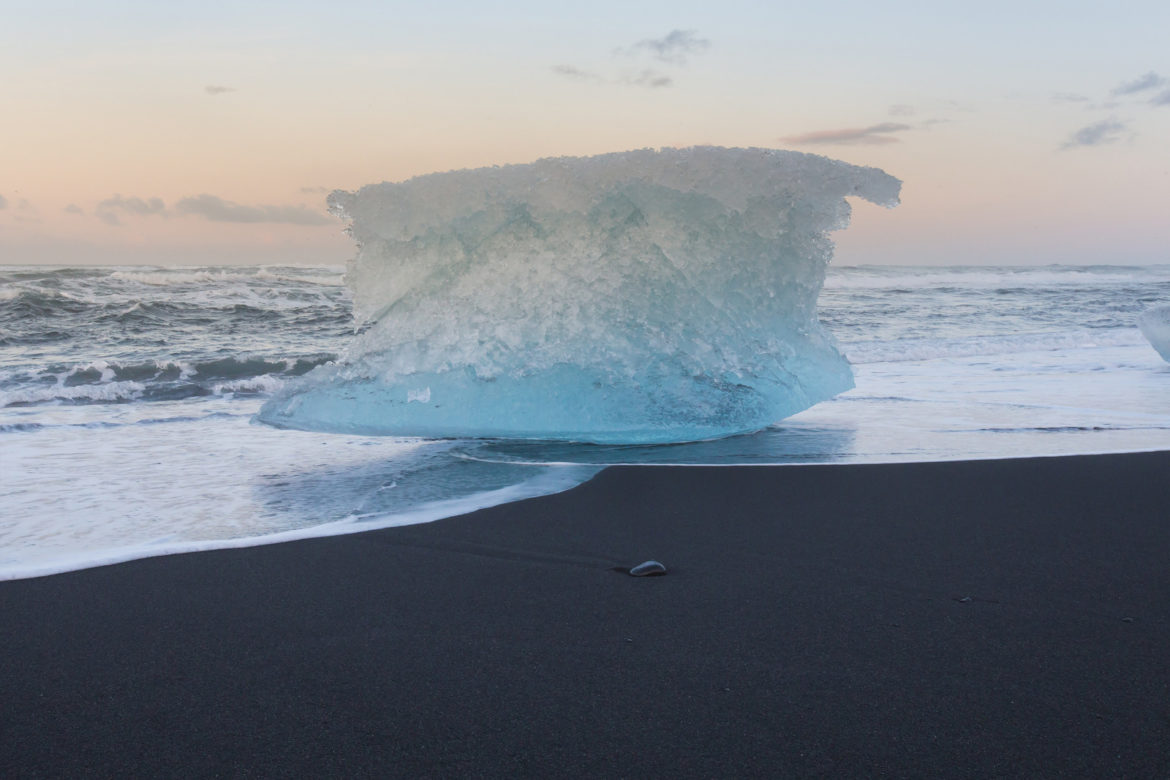|
Getting your Trinity Audio player ready...
|
Publishers including the BBC, the Economist, Bloomberg Media and the Guardian, among others, have expanded their climate coverage in recent years by launching sub-brands, newsletters, dedicated print editions and hosting events.
These initiatives are driven by “growing reader and business interest in environmental issues,” according to journalist Lucinda Southern, “as well publishers’ targeting of international audiences and use of reader-funded models to sustain investment in topics that require deep reporting.”
“The severity of climate change and its wide-ranging impact have made the topic impossible for most publishers to ignore. As publishers with international audiences have increasingly turned to non-advertising funding models involving subscriptions, sponsorships and grants, they have offered sustainability-focused products.
Lucinda Southern, Senior Reporter, Digiday
“Yet climate change is a hot-button topic eliciting polarizing opinions, and misinformation and fake news abounds on social media channels,” she adds.
“Communicating this challenge, and generating public engagement, is undoubtedly the most important role of journalism in the 21st century,” writes Adele M. Santelli, Editor, TV Cultura, in a new Reuters Institute report that explores how publishers can better cover the climate crisis.
The report, Lessons in environmental news reporting from Brazil, is based on Santelli’s discussions with journalists from all around the world with a special focus on those working in Brazil as environmental journalism has always been important in the country which is home to the Amazon rainforest and Pantanal wetlands. Moreover, they’ve had to steer through significant challenges while covering the environment in recent years, including from the government. Their experiences hold valuable lessons for publishers worldwide.
The report features advice and tactics for publishers and journalists for covering these stories effectively.
“Well-rounded and pervasive coverage does not happen by accident”
“Environmental news now impacts every beat,” notes Santelli. It can be found in the finance section, as well as the crime beat. Like the story on the Federal Police’s investigation into former Brazilian Minister of the Environment, Ricardo Salles who was implicated as a facilitator in illegal logging and export schemes.
“Every journalist should have some basic grasp of the science to ensure we tell the story accurately,” adds Santelli, “whether on the breaking news pages or finance pages.” They need to be trained in new skills like satellite monitoring, data collection and analysis, considering the complexity and far-reaching implications of the topic.
“We need journalists who are systemic thinkers, understand how large-scale transformations work, what the obstacles are, what the methods are,” says Wolfgang Blau, former COO of Condé Nast International. “We need journalists who understand policies, which is not the same as politics. We’ll find many journalists who are really good at covering elections. We’ll find fewer journalists who understand how policies are being made and implemented.”
Acknowledging that it is difficult to find all these qualities in an individual, he recommends educating them to facilitate collaboration. Blau also suggests publishers not confine the topic to one or two employees in the newsroom and look into incorporating it across different desks. Appointing someone dedicated to driving this change can be a good start.
Well-rounded and pervasive coverage does not happen by accident: it must be consciously planned with a commitment to continuity. This is why responsibility for environmental news falls not just to all journalists, but to all editors, managers and directors, too
Adele M. Santelli, Author, Lessons in environmental news reporting from Brazil
“Bringing solutions helps to increase the audience”
Daniela Chiaretti and Cláudia Tavares, Environment reporters at Valor Econômico and TV Cultura in Brazil, recommend solutions journalism. Chiaretti vouches for telling stories that inspire readers by giving them hope. Solutions journalism is, however, not about focusing on positive stories that obscure the facts. It’s about holistically covering how people are responding to problems.
“We can’t have a negativist agenda and only talk about what doesn’t work because then journalism doesn’t fully fulfill its social function,” says broadcaster and columnist André Trigueiro. “We need to show what doesn’t work, but the balance of journalistic coverage presupposes [giving] perspectives. We need to be a showcase for solutions to inspire people. Bringing solutions helps to increase the audience.”
“We must write about the dangers, but if we don’t help people to find a solution, a path to know how they can engage in a positive way, we only sow despair and despair leads to denial.”
Sônia Bridi, Special Reporter, TV Globo
“You can’t take sides”
Other tactics suggested by Santelli to improve environmental coverage include:
- Hire staff from diverse backgrounds to ensure that voices from across socio-economic spheres are represented.
- Be open to new formats that do better justice to the coverage.
- Seek collaborations and partnerships to leverage combined expertise and resources.
- Go deeper, as the environmental crisis is an unfolding issue and should be addressed with a “series of consistent follow-ups that build depth and communicate complexity.”
- Incorporate investigative journalism and data journalism as they can help bring out evidence of environmental crimes.
- Make the problems tangible and create connections so that readers understand the gravity of the issue.
Finally, journalists, especially those who feel passionate about the environment may easily slide into the role of an activist. That can be detrimental to their mission. They “should stay open to listening to different people, understanding their viewpoints, and reporting fairly,” says Santelli.
“The problem I see in some environmental journalists is that they end up slipping into militancy, and the work is not about militancy,” adds Ana Lúcia Azevedo, Science and Environment reporter, O Globo.
“You can’t take sides, otherwise some people will never listen to you.”
The full report can be downloaded from Reuters Institute:
Lessons in environmental news reporting from Brazil



